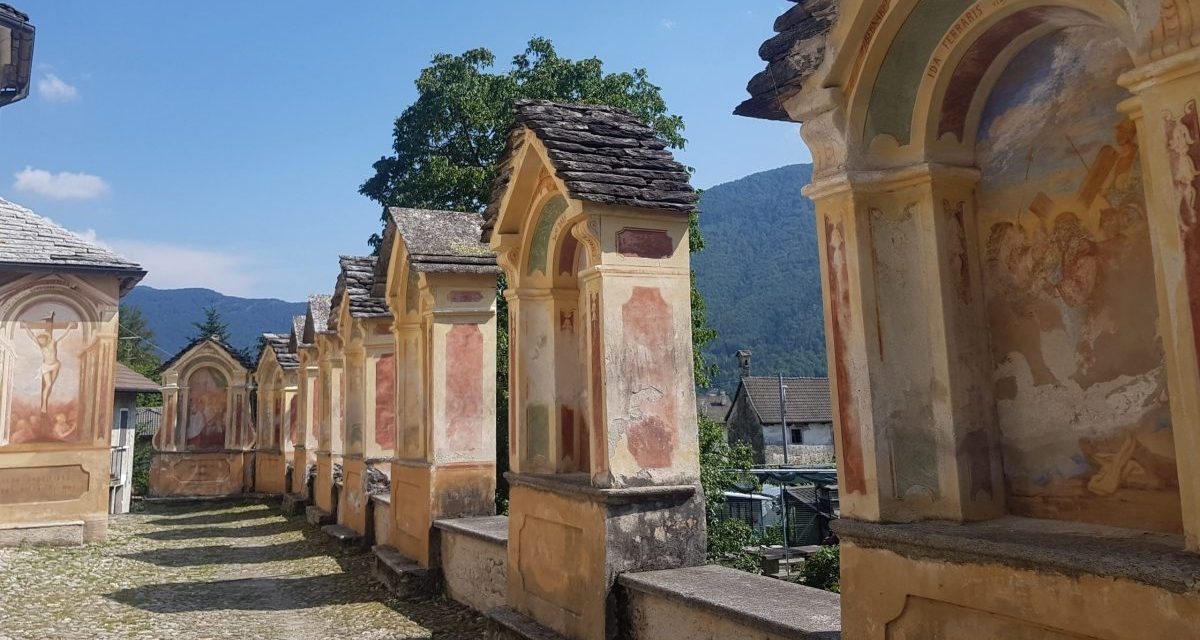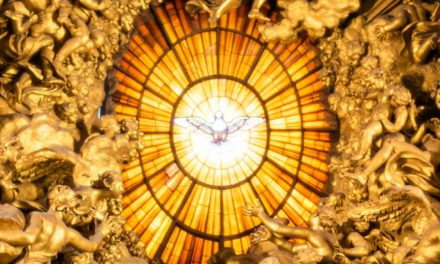“The Way of the Cross. Here indeed you have a sturdy and fruitful devotion! Spend a few moments each Friday going over those fourteen points of our Lord’s Passion and Death. I assure you that you will gain strength for the whole of the week.”
Saint Josemaria Escriva
When I was growing up, praying the Stations of the Cross was a staple of every Friday in Lent. We often prayed them in school on Friday afternoons. My family would go to the church on Friday evenings to pray them with the parish. In many places, Fridays in Lent are synonymous with parish Fish Fries. This is a great tradition and a unifier of communities, and I love hush puppies and fried fish as much as anyone. But we should be careful we’re not losing the practice of Stations.
The Stations or Way of the Cross is a practice that truly came out of the piety of the faithful. The prayer grew over time, starting organically in the Holy Land with pilgrims who were naturally drawn to retracing the steps of Our Lord in His Passion – from the Garden of Gethsemane, to the fortress of Pilate, and on to Golgotha. St. Jerome spoke about pilgrims visiting the holy sites in the early fifth century and devoutly following Jesus’ paths.
The practice likely started with the Blessed Mother. What mother, who may have ended her days in the city that rejected her son, would not have retraced his steps and relived those moments? She, more so than us, understood clearly the power of those hours of His agony. Mary knew the importance of uniting all suffering and sacrifice back to that perfect sacrifice of her Son. She would have walked those exact same roads, thinking about those days, and praying for us.
After the Romans destroyed Jerusalem in 70 AD, the pilgrims had to guess at where the holy places had been. But once St. Helena discovered Golgotha and the Tomb, they could make a pilgrimage across the city to these sites, stopping to meditate on the Scriptures but also those pious traditions handed down. It was truly a prayer coming from the piety of pilgrims. As the faith spread across Europe, to accommodate those who couldn’t travel to the Holy Land, people began building shrines and chapels to imitate the practice closer to home. In the fifth century, St. Petronius, bishop of Bologna, built a group of chapels that were replicas of the most important shrines of the Holy Land (a practice that later was imitated by the Franciscan Friars in Washington, D.C.).
Walking the Way of the Cross, or the Via Dolorosa, and meditating on the Passion was a way for all Catholics to enter into the sacrifice of Christ and increase their love for the God who suffered and died for them.
After travel became too dangerous and the Muslim rulers banned the practice in the Holy Land, the 14 stations as we know them today began to flourish in Europe. It was a way for Catholics to continue to make a pilgrimage. In 1686, Pope Innocent XI allowed the Franciscans to erect Stations of the Cross in all their churches. He also extended the same indulgences to praying the stations in their churches as were granted for praying the stations on pilgrimage in the Holy Land.
Today, the Church gives a plenary indulgence “to those who piously make the Way of the Cross” according to certain rules. The most important aspect is meditating on the Passion. In fact, those who are impeded from going to a church may also gain an indulgence by “if they spend at least one half an hour in pious reading and meditation on the Passion and Death of our Lord Jesus Christ.”
Many saints have written meditations on the Stations. St. Alphonsus Ligouri wrote a version that is perhaps the most famous and beloved. Pope John Paul II wrote meditations on Scriptural stations, which don’t follow the traditional 14 stations that most of us know, but draw on other accounts found in the Gospel, including Jesus’ suffering in Gethsemane and his arrest. Cardinal Ratzinger wrote the meditations for the Way of the Cross at the Colosseum in 2005, less than a month before he was made Pope.
Cardinal Ratzinger had a particularly poignant meditation on the third fall of Jesus, and a prayer that we should probably read, meditate on, and pray every day:
“Lord, your Church often seems like a boat about to sink, a boat taking in water on every side. In your field we see more weeds than wheat. The soiled garments and face of your Church throw us into confusion. Yet it is we ourselves who have soiled them! It is we who betray you time and time again, after all our lofty words and grand gestures. Have mercy on your Church; within her too, Adam continues to fall. When we fall, we drag you down to earth, and Satan laughs, for he hopes that you will not be able to rise from that fall; he hopes that being dragged down in the fall of your Church, you will remain prostrate and overpowered. But you will rise again. You stood up, you arose and you can also raise us up. Save and sanctify your Church. Save and sanctify us all.”
This Lent, spend time meditating on the Passion. Perhaps today you need to focus on the women weeping for Jesus. Do you grieve over what your sins have done to Jesus? Are we truly repentant and try to strive to not sin again? Or maybe we need to focus on Simon. How can we help Jesus carry his cross in our lives? Do we help others carry their crosses, either with prayer, sacrifices, or concrete acts of love? Or do we see our neighbor struggling and turn away?
Photo: Via crucis stations outside church of Zornasco, Italy by Mænsard Vokser, Creative Commons
We strive to operate on a very small budget, but we need your help. Both one-time and monthly donations are welcome. Just $10 a month will help cover the cost of operating Integrated Catholic Life for one day! Please help us bring enriching and inspiring Catholic content to readers around the world by giving today. Thank you!
Please help spread the Gospel. Share this article with family and friends on Facebook and other social media.














